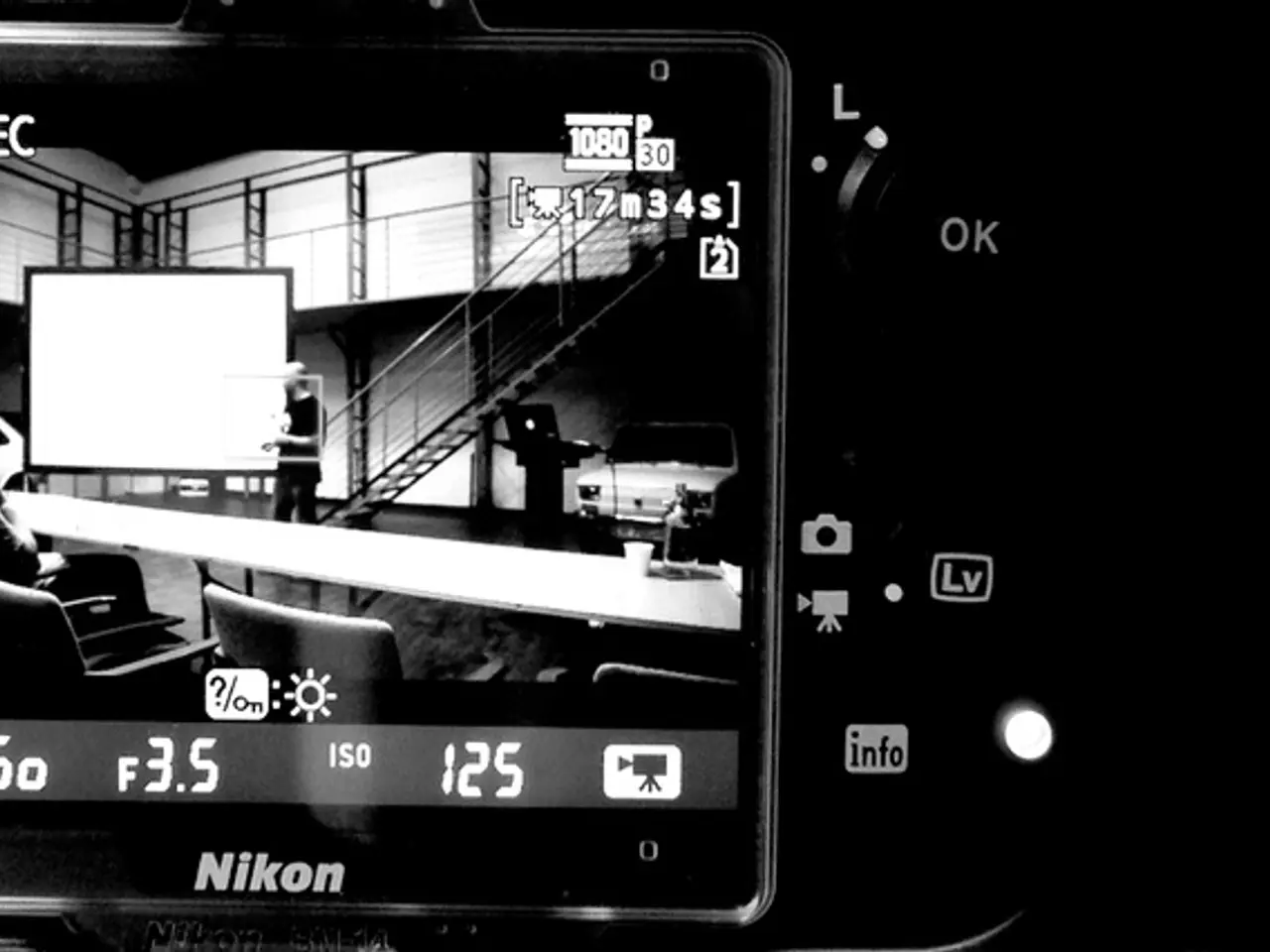Movie jargon demystified: Understanding the language of hit films and flops
The Rise of Silver Screens in Early Cinema: Enhancing the Visual Spectacle
In the early days of cinema, screens were primarily white cloth or painted surfaces. However, as the industry evolved, the introduction of new technologies demanded a more advanced screening solution – the silver screen.
The use of silver screens became critical with the development of 3D film technology, starting notably in the 1920s and becoming prominent in the 1950s. Early 3D films like The Power of Love (1922) required highly reflective screens to maintain brightness and polarization effects, and silver screens' reflective properties allowed better preservation of the polarized light necessary for 3D viewing.
One of the pioneers in this field was Thomas Edison, who developed early motion picture devices such as the kinetoscope and kinetograph in the 1890s. Another key figure was William Kennedy Laurie Dickson, who created what is often credited as the first motion-picture camera.
Harry K. Fairall, producer and cinematographer of The Power of Love (1922), also made significant contributions. He developed an early 3D camera rig and special color film, which required silver (or highly reflective) screens for projection.
The importance of silver screens in early cinema history cannot be overstated. While filmmaking and projection technologies have received more attention, the role of silver screens in enabling specialized visual effects like 3D cannot be ignored.
Interestingly, early projectionists, including Arthur Cheetham, discovered that coating a silk or fabric screen with silver dust improved the quality of the image a decade before De Berri's patent. This DIY approach to enhancing screen brightness demonstrates the innovative spirit that drove the early cinema industry.
Despite the significant role of silver screens, their inventors are less commonly cited compared to those involved in filming and projection technologies. However, their impact on the visual spectacle of early cinema is undeniable.
From the very first short films, such as the one shot in January 1898 featuring children playing on the sands of Rhyl, to the Golden Age of the blockbuster in the mid-1970s, silver screens played a crucial role in enhancing the cinematic experience.
[^1]: Thomas Edison and his team's work on early motion picture devices led to the first commercial motion exhibition in New York City. [^2]: The specific connection of silver screens to early 3D projection is documented in the development of polarized projection systems in the 1920s and later decades.
Movies-and-TV, as a form of entertainment, owe a significant debt to silver screens for enabling advanced visual spectacles, particularly in the realm of 3D films. The reflective properties of silver screens were crucial during the 1920s and 1950s, when 3D films like The Power of Love (1922) required highly reflective surfaces to maintain brightness and preserve polarized light necessary for 3D viewing.







